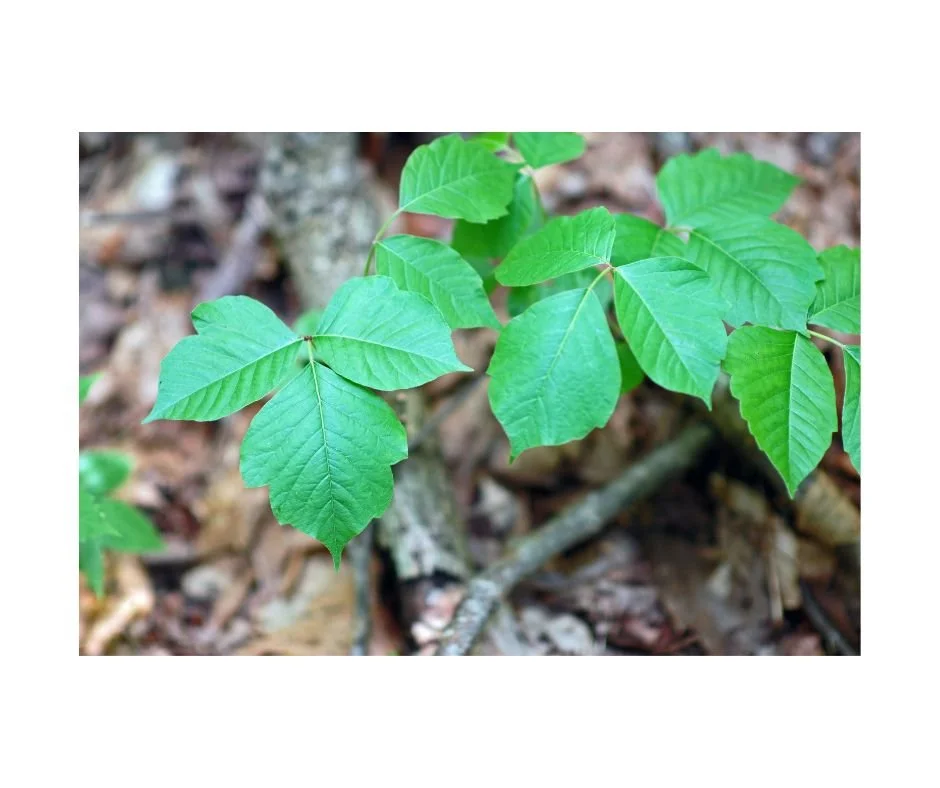Rhus tox for Skin Disorders
Rhus toxicodendron, commonly known as poison ivy, is a powerful remedy in homeopathy, especially well-known for its affinity to skin complaints. Interestingly, while the plant in its crude form causes skin irritation, the potentized remedy can relieve similar symptoms, a beautiful example of the homeopathic principle “like cures like.”
Source and Nature of the Remedy
Common name: Poison Ivy
Family: Anacardiaceae
Preparation: Made from the fresh leaves and shoots of Toxicodendron radicans, tinctured before flowering and potentized.
Key Skin Symptoms for Rhus tox
Rhus tox is often indicated in acute and chronic skin conditions marked by:
Itching, burning, and restlessness: The hallmark of Rhus tox is intense itching that drives the person to keep scratching or rubbing.
Blistering eruptions: Vesicles or bullae filled with clear fluid, often compared to the classic poison ivy rash.
Redness and swelling: Inflamed, red, and sometimes warm areas, especially if scratching continues.
Eruptions that worsen with rest and improve with movement: A peculiar keynote — the discomfort lessens with continued gentle motion or warm applications.
Conditions following exposure to dampness, cold air, or getting wet while sweating.
Common Skin Conditions Treated with Rhus tox
1. Contact Dermatitis / Poison Ivy Reactions
Classic indication — eruptions after contact with poison ivy or similar plants.
Itching with tiny blisters that ooze and crust.
Burning and swelling, especially if scratched.
2. Eczema and Dermatitis
Chronic eczema with thickened, cracked, and oozing skin.
Itching that’s worse at night or during periods of rest.
Skin eruptions that feel better with hot water or warm compresses.
3. Herpes Zoster (Shingles)
Vesicular eruptions in groups, burning pain, and intolerable itching.
May be accompanied by neuralgic pain that is worse at rest.
Rhus tox is often one of the top remedies when the skin lesions are blistered and aggravated by cold air.
4. Urticaria (Hives)
Red, raised, itchy wheals that appear after getting chilled or wet.
The person often finds temporary relief by hot baths or scratching.
5. Impetigo or Vesiculopustular Eruptions
Vesicles that break and form yellowish crusts.
Rhus tox may be considered if the itching is intense and worsens when quiet.
Characteristic Modalities
Modalities help narrow down the remedy selection:
Worse: Rest, cold, damp weather, scratching, getting wet while perspiring
Better from: continued motion, warmth, hot bathing, gentle activity
Constitutional Traits (when used in chronic skin conditions)
Restless, cannot stay still, pacing or changing positions constantly.
Irritable, anxious when skin symptoms are intense.
Often used constitutionally in individuals prone to recurrent skin outbreaks, especially those triggered by weather or stress.
Complementary and Related Remedies
Graphites: When eruptions are thick, sticky, and crusty, especially behind ears and in folds.
Sulphur: For chronic eczema or itching that’s worse with heat and bathing.
Apis mellifica: For hive-like eruptions that are puffy, red, and relieved by cold applications.
Cantharis: In blistering skin conditions with burning pain and rawness.
Final Thoughts
Rhus tox is a cornerstone remedy in the homeopathic treatment of skin conditions that are itchy, vesicular, burning, and restless in nature. Whether it’s a poison ivy rash, eczema that flares in damp weather, or herpes zoster with burning blisters, this remedy offers gentle and effective relief.
Always consult a qualified homeopath for chronic or recurrent cases to ensure a well-individualized prescription.

